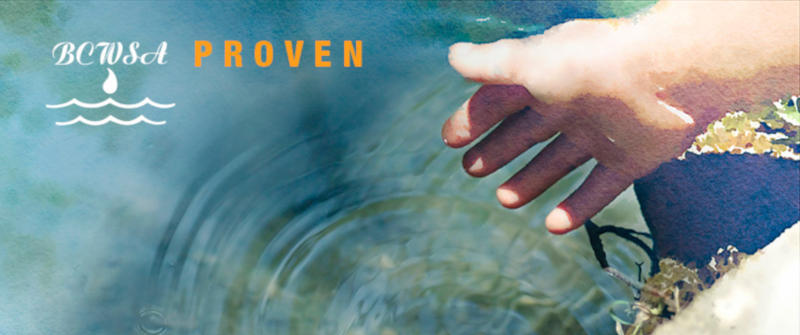Water is our most precious resource. It is vitally important that everyone work together to conserve our water supply. And, of course, saving water saves you money. Homeowners can significantly decrease the amount of water used each day by following…

Environmental Stewardship
EPA’s 1996 Needs Survey reported $139.5 billion in wastewater infrastructure needs based on eligible costs under the CWA. On March 18, 1999, however, EPA released preliminary, revised estimates that indicate $199.6 billion in wastewater needs over 20 years. This revision…
Initially, EPA required local governments with POTWs to construct and implement “secondary treatment,” which is defined as the best available control technology. This step was costly, but with significant levels of federal grant funding, it resulted in a major nationwide…
Clean water infrastructure is a necessary public health and environmental investment, and a sound economic investment. Construction of wastewater facilities is among the highest generators of jobs for all infrastructure categories. Each $1 billion in sewer improvements generates over 57,000…
Generally, wet weather sources such as CSOS, SSOS, stormwater systems and nonpoint sources are episodic, short-term discharges generated by rainstorm events. CSOS, SSOs and storrnwater can be controlled by transport or treatment facilities, best management practices (BWs) or a combination…
The Clean Water Act does not authorize EPA to directly regulate nonpoint sources of pollution in rural or urban areas through the use of discharge permits. The regulation of nonpoint source pollution is left to state and local governments under…
Nonpoint sources of water pollution, also called polluted runoff, result from rainfall that runs off the land and into waterbodies. This runoff can carry with it sediments, nutrients, bacteria, chemicals or metals. Nonpoint sources are not conveyed by a pipe…